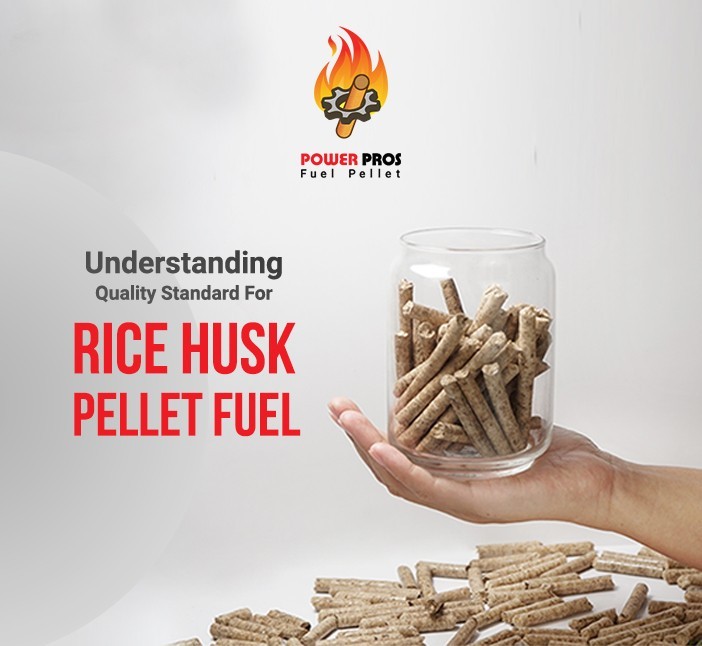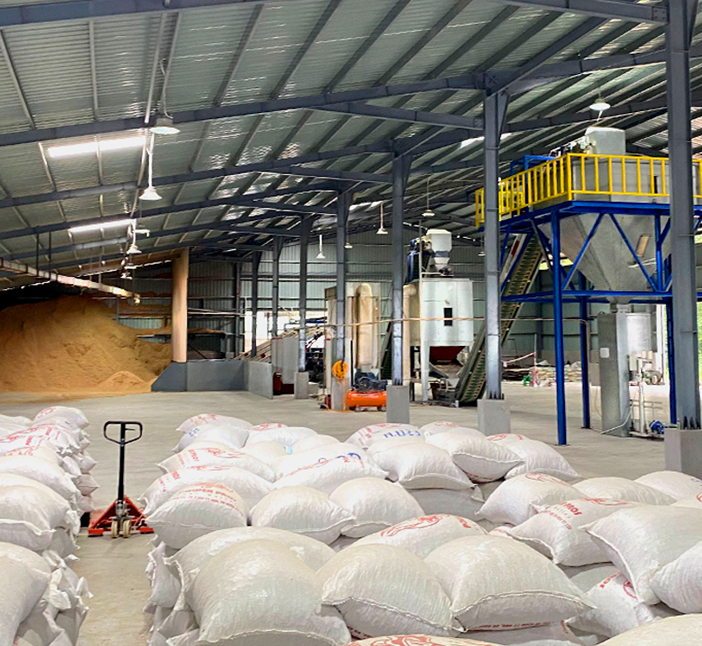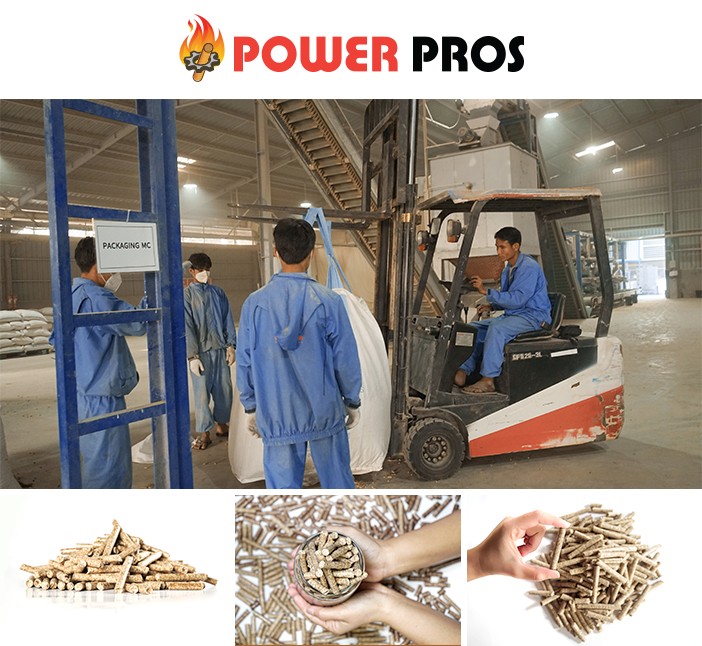For the factory owners exploring the potential of rice husk pellets as a fuel source, understanding the quality standards is vital. With the numerous advantages related with rice husk pellet fuels, it becomes essential to grasp the key specifications to ensure optimal performance and efficiency. Let’s check out the main point of being the good quality of rice husk pellet fuel.
- Diameter and Length
The physical dimensions of rice husk pellet fuels play a crucial role in their compatibility with various combustion systems. Standardization in diameter and length ensures uniformity and ease of use across different platforms. - Bulk Density
Bulk density refers to the mass of rice husk pellets per unit volume. It directly influences storage requirements, transportation efficiency, and combustion performance. Optimal bulk density ensures effective utilization and minimizes logistical challenges. - Moisture Content
Excessive moisture content in rice husk pellets can slow down the combustion efficiency and lead to operational issues such as clogging and incomplete burning. Controlling moisture levels within specified limits ensures consistent performance and prevents potential drawbacks. - Ash Content
Ash content represents the non-combustible residue left behind after burning rice husk pellets. Higher ash content can contribute to ash accumulation in combustion systems, necessitating more frequent maintenance and potentially affecting performance. Monitoring ash content aids in selecting pellets with minimal residual ash, enhancing overall efficiency. - Elemental Composition
Understanding the elemental composition of rice husk pellets, including hydrogen, oxygen, nitrogen, sulfur, and carbon content percentages, provides insights into their combustion characteristics and environmental impact. Balanced elemental composition contributes to cleaner combustion and reduced emissions. - Calorific Value
Perhaps the most critical factor, the calorific value determines the energy content of rice husk pellets and directly correlates with their heating potential. Higher calorific value signifies greater energy yield per unit mass, maximizing efficiency and cost-effectiveness.
In evaluating the quality of rice husk pellet fuels, it’s imperative to consider these specifications comprehensively. Additionally, comparing offerings from multiple manufacturers allows for informed decision-making and ensures access to high-quality products. By adhering to established standards and prioritizing essential factors, factory owners can harness the full potential of rice husk pellets as a sustainable and efficient fuel source.




